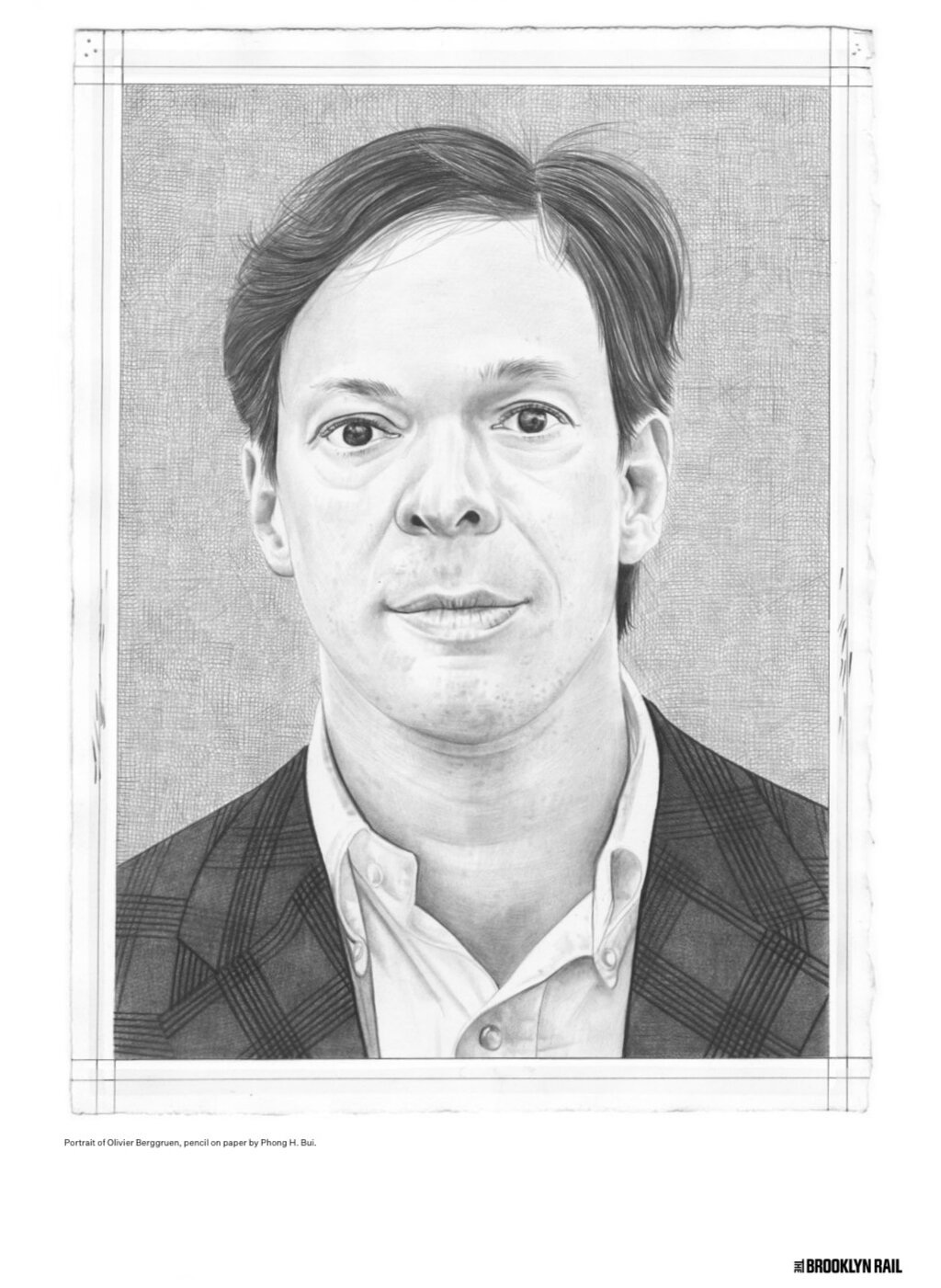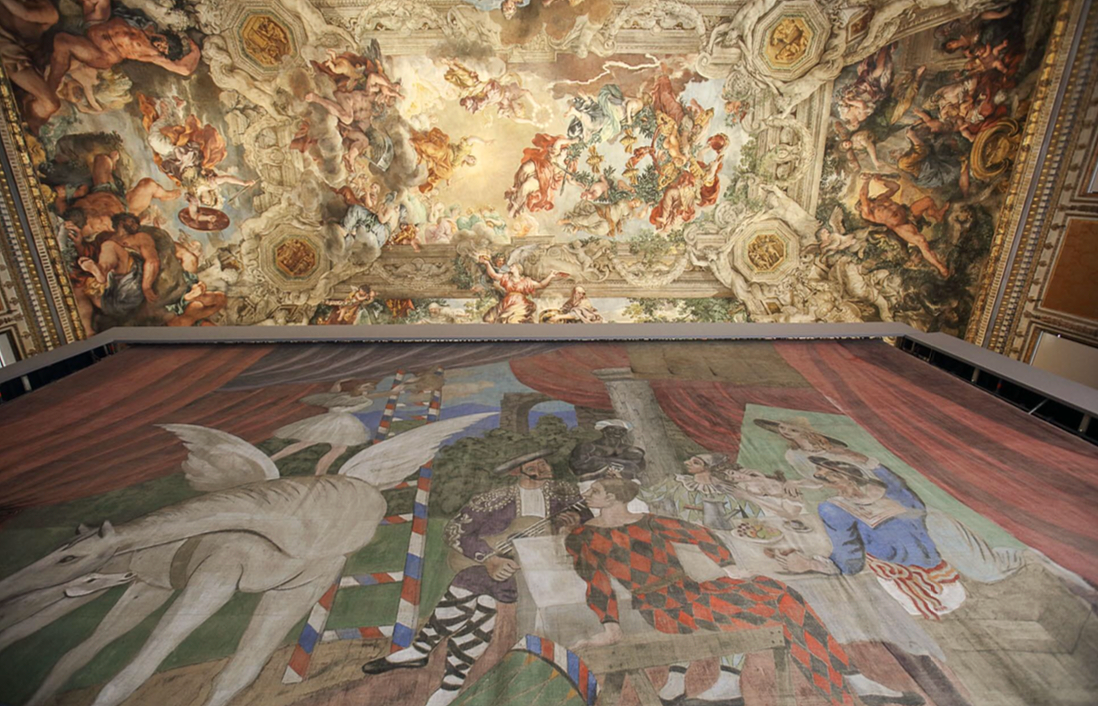Guest editor of the July-August 2020 issue of the Brooklyn Rail: https://brooklynrail.org/2020/7/criticspage
Pencil on Paper by Phong H. Bui
Picasso between Cubism and Classicism: 1915–1925
Pablo Picasso, Arlequin et femme au collier, 1917. Oil on canvas, 200 x 200 cm, Centre Pompidou, MNAM-CCI, Paris, Legs Baronne Eva Gourgaud, 1965, AM 3760 P
I recently curated a large-scale retrospective of Picasso's "Classical" period. Entitled Picasso between Cubism and Classicism: 1915-1925, it took place at the Scuderie del Quirinale and Palazzo Barberini, Rome from 22 September 2017 to 21 January 2018. The exhibition marked the 100th anniversary of Picasso's trip to Rome and Naples, where he joined Diaghilev's and started a fruitful collaboration with the Ballets Russes' main protagonists, Satie, Stravinsky, de Falla, Cocteau and Massine, just to name a few.
In collaboration with Anunciata von Liechtenstein, I selected nearly two hundred works, including Portrait of Olga in an Armchair (1917), Harlequin (1917), Guitar, Bottle, Fruit Dish and Glass on the Table (1919), Two Women Running on the Beach (1922), The Pan Pipes (1923), Saltimbanque Seated with Arms Crossed (1923) and Harlequin with a Mirror (1923).
The curtain of Parade by Picasso (1917) under the frescoed ceiling by Pietro da Cortona. Installation view, Palazzo Barberini, September 2017. Photo by Alberto Novelli
At Palazzo Barberini, the grand salon frescoed by Pietro da Cortona displayed – for the first time in Rome – the stage curtain painted for Parade, an immense piece 17 metres long and 11 metres high. The architecture by Bernini framed an exciting dialogue between Picasso's work and the Baroque frescoed ceiling.
The work for the ballet Parade, with music by Satie, was the very reason Picasso came to Italy. As his friend and critic Apollinaire would say, the ballet would be destined to cause no small upset in the minds of the audience and even in the work of "Picasso the genius". Along with Parade, there were also sketches for the scenery and backdrops for the ballet Pulcinella, another theatrical production greatly influenced by the experience of the Italian tour. In Rome, Picasso saw the artwork of Raphael at the Vatican; in Naples he experienced the Farnese Hercules and the Antinous in the Archaeological Museum, in addition to the artistic and emotional impact of the mysterious charm of the frescoes of Pompeii.
The exhibition illustrated Picasso's experiments with various styles and genres, from the work with decorative surfaces in collages he carried out during the World War I to the stylized realism of the "Diaghilev years"; from still lifes to portraits.
The project was developed in collaboration with Anunciata von Liechtenstein and placed under the supervision of a scientific committee composed of Laurent Le Bon, Brigitte Léal, Carmen Gimenez, Gary Tinterow, Valentina Moncada and Bernard Ruiz-Picasso. Exhibition installation conceived in collaboration with Selldorf Architects, New York.
The exhibition was a collaboration between Scuderie del Quirinale and the Gallerie Nazionali di Arte Antica, conceived by Mario De Simoni and Flaminia Gennari Santori, Director of the Museum.
The exhibition's catalogue was published by Skira, and includes texts by the curators as well as by Cécile Godefroy, Sarah Woodcock and Silvia Loreti.



